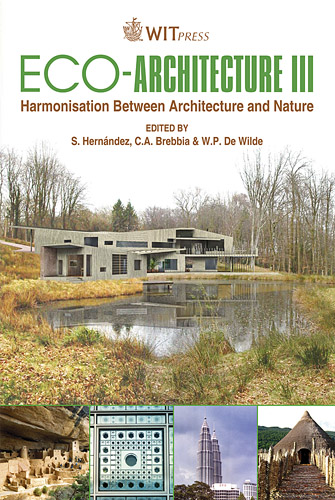Life Cycle Design Of Building Elements: Selection Criteria And Case Study Application
Price
Free (open access)
Transaction
Volume
128
Pages
12
Page Range
309 - 320
Published
2010
Size
666 kb
Paper DOI
10.2495/ARC100261
Copyright
WIT Press
Author(s)
A. Basti
Abstract
In the last years there has been a multiplication of the International and European political interventions addressed to the diffusion of environmental sustainability in the building sector. In this area the life cycle design of technical elements assumed particular relevance. The materials and construction techniques used, like their durability in the use phase and their disposal strategies, tend to influence the environmental behaviour of a building during its whole life cycle. It is worth recalling the energy consumption connected with the extraction, production and assembly of the materials (initial embodied energy) and with maintenance, replacement, and dismantling activities (lifecycle-embodied energy). At the present time the rules focusing on the environmental certification of technical elements allow one to meet these objectives only in part. The study that will be presented, based on eco-design and Life Cycle Assessment criteria, uses this knowledge to explain research work focused on a comparative evaluation of some technical elements, and analyzes different end of life scenarios, in order to further understanding and improve their environmental impact. Keywords: eco-design, plaster coverings, life cycle assessment, reuse, recycling, construction waste reduction. 1 Introductory remarks The present contribution synthesizes a research and experimentation job produced within the Italian Workgroup on the \“Identification of minimum environmental criteria for the choice of building materials”. The Workgroup works within the Management Commission of the NAP-GPP (National Action
Keywords
eco-design, plaster coverings, life cycle assessment, reuse, recycling, construction waste reduction





